I Never Thought I’d Have Competition For The Most Startorial Emily On The Planet, But Emily Lakdawalla,
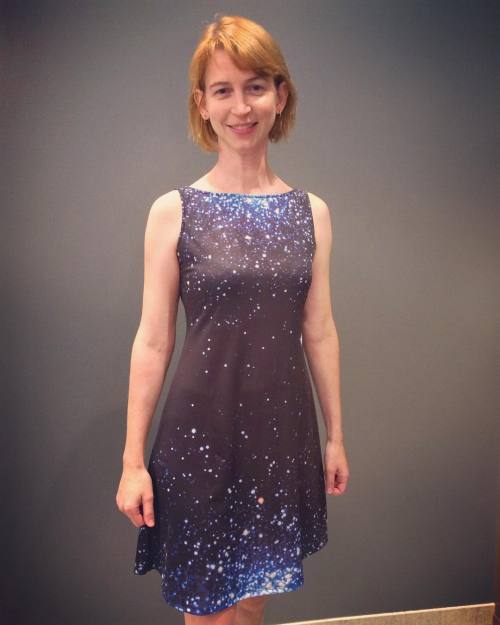
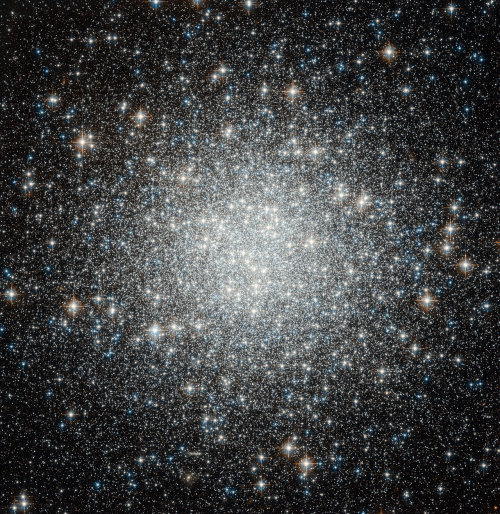


I never thought I’d have competition for the most startorial Emily on the planet, but Emily Lakdawalla, Senior Editor and Planetary Evangelist at the Planetary Society (and the third most followed astronomer on twitter) is bringing it! After winding up with the Fibonacci spiral dress by @shenovafashion, she is dazzling in the super star dress from Belle Neptune, as posted by the Planetary Society on Instagram.
I haven’t identified the source image yet, but I suspect it is a globular cluster, perhaps one with a lot of unusually blue stars like Messier 53.
Watch this space to see Emily’s closest approach (and who she joins forces with) tomorrow!
–Emily
More Posts from Smartler and Others
Submitted by @asapscience
Science is so amazing, but it’s being de-funded around the world. We hope to make a difference with this video:
Your sharing is greatly appreciated.
What is a Supermoon Lunar Eclipse?

We’ve told you that on Sept. 27 a supermoon lunar eclipse will occur in the U.S. And much of the world, but what does that mean?
One important note, is that this event can be referred to in many different ways:
Supermoon Lunar Eclipse
Super Blood Moon
Harvest Moon Eclipse
Supermoon Eclipse
All slightly different names, but apply to the same spectacular event that will occur this weekend.
Since it’s rare that both a supermoon and an lunar eclipse occur at the same time, let’s break it down.
1) Supermoon

A supermoon is a full or new moon that falls closest to the fall equinox, and is at its closest approach to the Earth. This results in the moon appearing up to 14% larger in diameter.
2) Lunar Eclipse

A lunar eclipse occurs when the moon passes directly behind the Earth into its shadow. This can give the moon a red tint.
3) A Supermoon Lunar Eclipse!

The combination of these two events does not happen very often. In fact, since 1900 a supermoon lunar eclipse has only happened 5 times! The last time this occurred was 1982, and if you miss the event this year, your next opportunity won’t come until 2033.
This year, the event will be visible from the Americas, Europe and Africa on the night of Sept. 27. Here’s a full schedule of the supermoon eclipse:

If it’s cloudy in your area on Sept. 27, don’t worry! NASA Television will be providing a live stream of the event, so you can tune in and enjoy the show.
For more information and resources on the supermoon lunar eclipse, visit our page on NASA.gov.
Make sure to follow us on Tumblr for your regular dose of space: http://nasa.tumblr.com
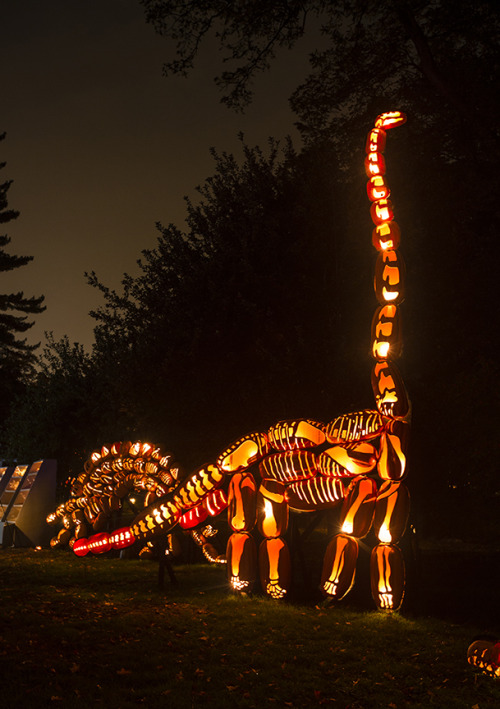
A brontosaurus was carved out of pumpkins.
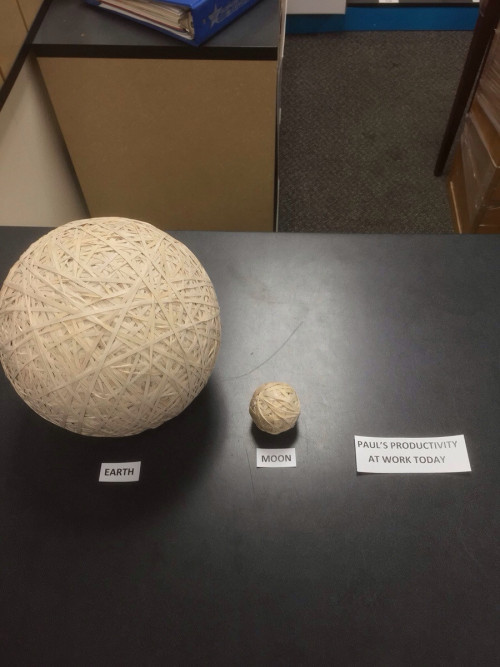
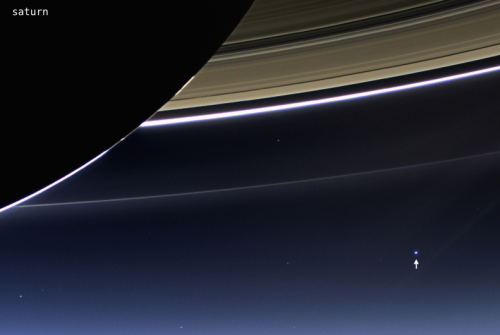
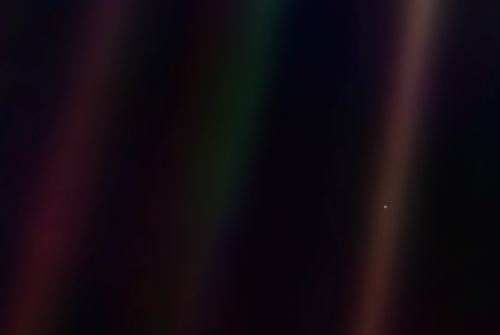
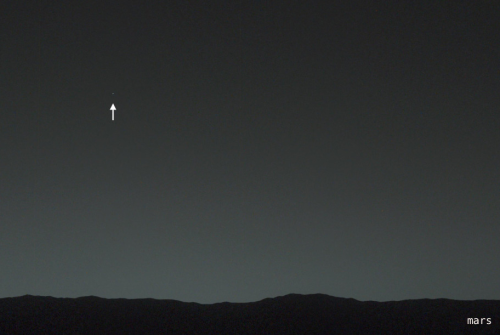
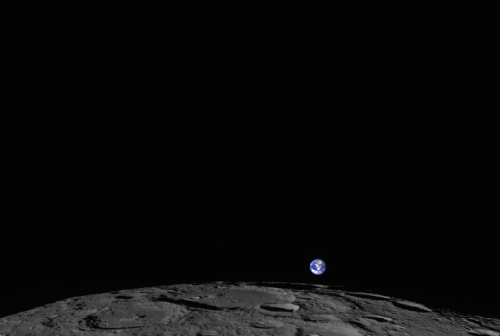
“look again at that dot. that’s here. that’s home. that’s us. on it everyone you love, everyone you know, everyone you ever heard of, every human being who ever was, lived out their lives.
“the earth is a very small stage in a vast cosmic arena. think of the endless cruelties visited by the inhabitants of one corner of this pixel on the scarcely distinguishable inhabitants of some other corner, how frequent their misunderstandings, how eager they are to kill one another, how fervent their hatreds.
“our posturings, our imagined self importance, the delusion that we have some privileged position in the universe, are challenged by this point of pale light. our planet is a lonely speck in the great enveloping cosmic dark. in our obscurity, in all this vastness, there is no hint that help will come from elsewhere to save us from ourselves.
“the earth is the only world known so far to harbour life. there is nowhere else, at least in the near future, to which our species could migrate. visit, yes. settle, not yet. like it or not, for the moment the earth is where we make our stand.
“there is perhaps no better demonstration of the folly of human conceits than this distant image of our tiny world. to me, it underscores our responsibility to deal more kindly with one another, and to preserve and cherish the pale blue dot, the only home we’ve ever known.”
- carl sagan
photos taken from cassini in 2013 when 1.5 billion km from earth; voyageur 1 in 1990 when 6 billion km; mars rover curisoity in 2014 when 160 million km; and the lunar reconnaissance orbiter in 2014, when the moon was 403,473 km away from earth, or near apogee.
Chasing Storms at 17,500mph
Flying 250 miles above the Earth aboard the International Space Station has given me the unique vantage point from which to view our planet. Spending a year in space has given me the unique opportunity to see a wide range of spectacular storm systems in space and on Earth.
The recent blizzard was remarkably visible from space. I took several photos of the first big storm system on Earth of year 2016 as it moved across the East Coast, Chicago and Washington D.C. Since my time here on the space station began in March 2015, I’ve been able to capture an array of storms on Earth and in space, ranging from hurricanes and dust storms to solar storms and most recently a rare thunder snowstorm.
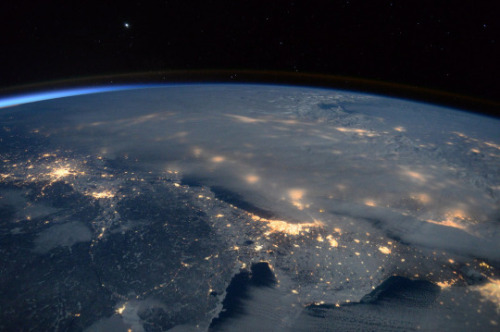
Blizzard 2016
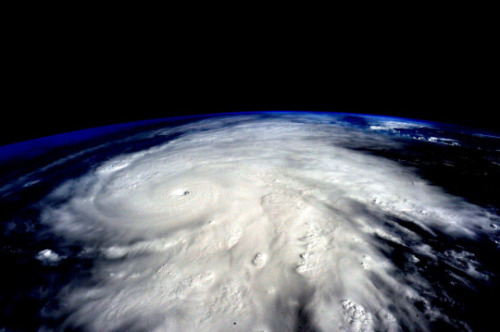
Hurricane Patricia 2015
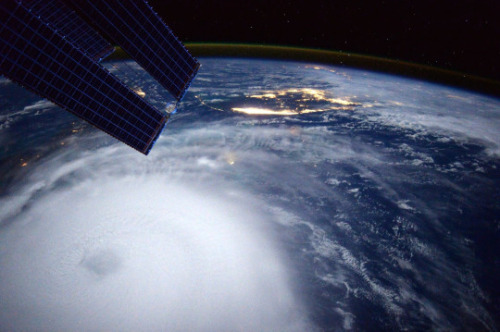
Hurricane Joaquin 2015
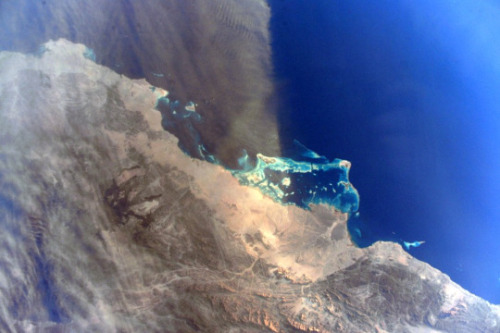
Dust Storm in the Red Sea 2015

Dust Storm of Gobi Desert 2015
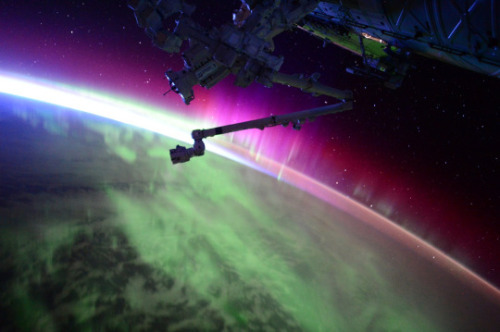
Aurora Solar Storm 2015
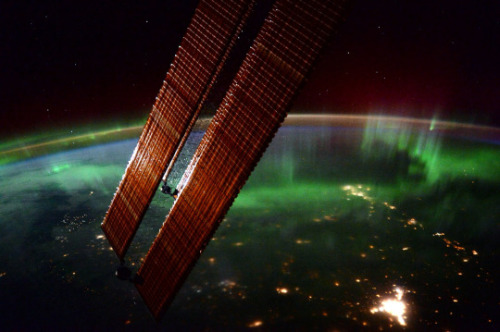
Aurora Solar Storm 2016
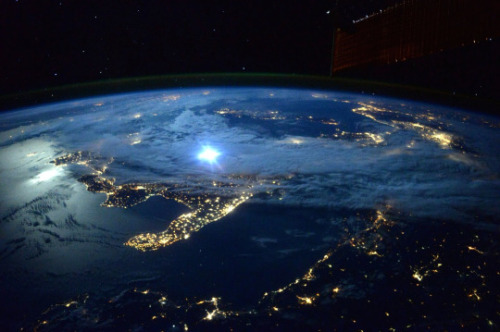
Thunderstorm over Italy 2015
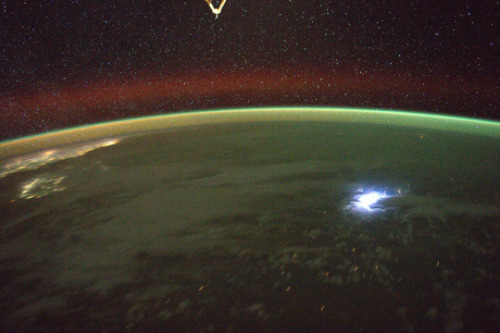
Lightning and Aurora 2016
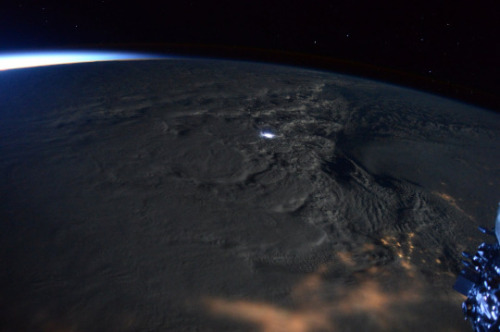
Rare Thunder Snowstorm 2016
Follow my Year In Space on Twitter, Facebook and Instagram.
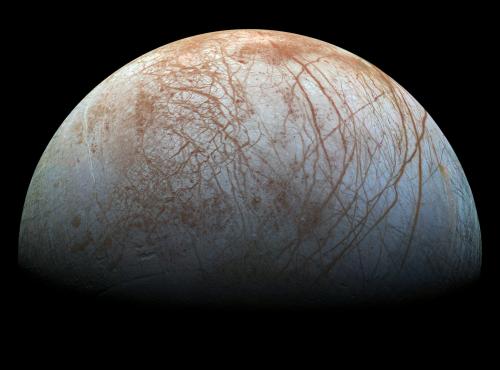

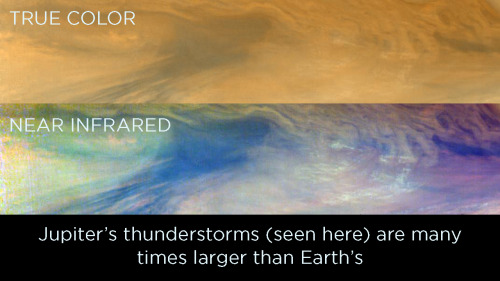
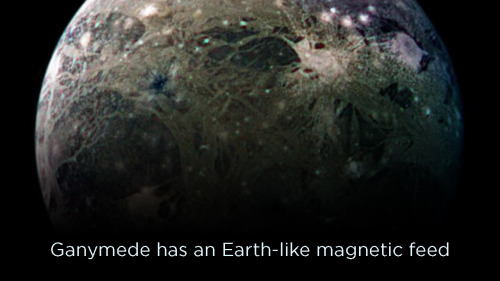
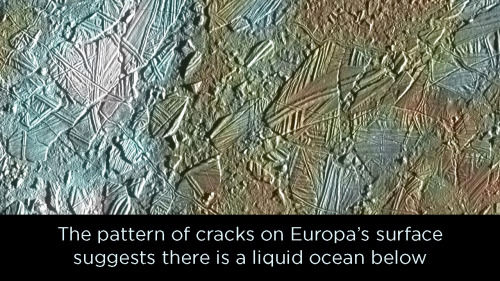
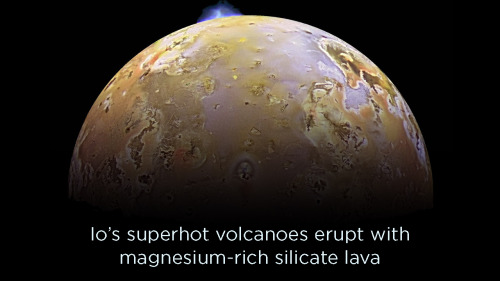
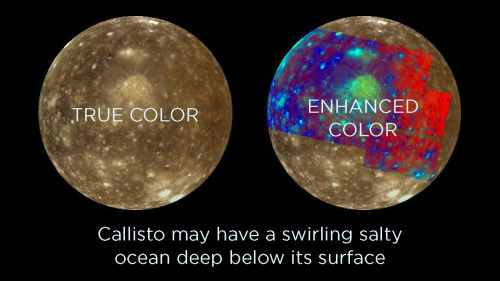
Galileo became the first spacecraft to orbit Jupiter on December 7, 1995. For years it gathered incredible images and data. As Galileo began to malfunction and lose power, NASA decided to destroy it intentionally, avoiding the possible transfer of Earth bacteria onto any of Jupiter’s moons via an accidental collision. The probe slammed into Jupiter on September 21, 2003 traveling more than 100,000 miles per hour.
Imagine if Blank Space had been recorded back in the 40′s…what might that have sounded like? I put an amp filter on PMJ’s version of it, and I gotta say, the 40′s sounds good with some taylorswift :)
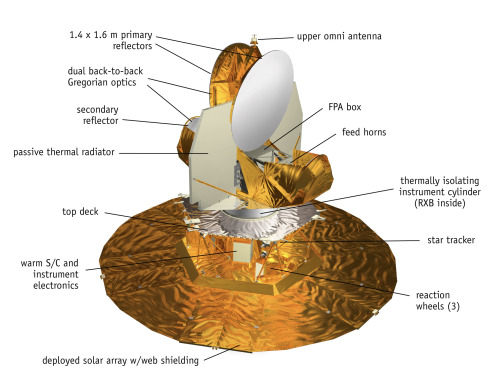
The WMAP only had a 9 year mission. It was deactivated October 28, 2010 after 9 years, 1 month and 19 days in space collecting data to help Scientists make some of the most awesome discoveries in the last several decades of mankind.
http://astronomyisawesome.com/universe/the-age-of-the-universe/
Only on tumblr
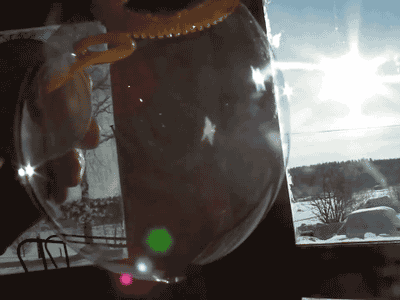
-
 hvit-fjaer reblogged this · 9 years ago
hvit-fjaer reblogged this · 9 years ago -
 khloeaiheartu liked this · 9 years ago
khloeaiheartu liked this · 9 years ago -
 harumichipinco liked this · 9 years ago
harumichipinco liked this · 9 years ago -
 sunshine-co liked this · 9 years ago
sunshine-co liked this · 9 years ago -
 missrewe liked this · 9 years ago
missrewe liked this · 9 years ago -
 almondmountain liked this · 9 years ago
almondmountain liked this · 9 years ago -
 bbyfggt liked this · 9 years ago
bbyfggt liked this · 9 years ago -
 dinner-bells liked this · 9 years ago
dinner-bells liked this · 9 years ago -
 marscupcake reblogged this · 9 years ago
marscupcake reblogged this · 9 years ago -
 somethingtrivial liked this · 9 years ago
somethingtrivial liked this · 9 years ago -
 tambis reblogged this · 9 years ago
tambis reblogged this · 9 years ago -
 bbulbasaurus-rex reblogged this · 9 years ago
bbulbasaurus-rex reblogged this · 9 years ago -
 alty-chan liked this · 9 years ago
alty-chan liked this · 9 years ago -
 tryclops reblogged this · 9 years ago
tryclops reblogged this · 9 years ago -
 vine409 liked this · 9 years ago
vine409 liked this · 9 years ago -
 weisbrot liked this · 9 years ago
weisbrot liked this · 9 years ago -
 frankisthegod reblogged this · 9 years ago
frankisthegod reblogged this · 9 years ago -
 bearmoods liked this · 9 years ago
bearmoods liked this · 9 years ago -
 marksnothere reblogged this · 9 years ago
marksnothere reblogged this · 9 years ago -
 luluislandgirl reblogged this · 9 years ago
luluislandgirl reblogged this · 9 years ago -
 savant8000 liked this · 9 years ago
savant8000 liked this · 9 years ago -
 pleasantlygeneralsheep-blog liked this · 9 years ago
pleasantlygeneralsheep-blog liked this · 9 years ago -
 aphluci-blog liked this · 9 years ago
aphluci-blog liked this · 9 years ago -
 madtechnomage reblogged this · 9 years ago
madtechnomage reblogged this · 9 years ago -
 tracetheradianceback liked this · 9 years ago
tracetheradianceback liked this · 9 years ago -
 atomicprodigy-blog reblogged this · 9 years ago
atomicprodigy-blog reblogged this · 9 years ago -
 team-america-world-police reblogged this · 9 years ago
team-america-world-police reblogged this · 9 years ago -
 chloeismymonster liked this · 9 years ago
chloeismymonster liked this · 9 years ago -
 edg-y-blog liked this · 9 years ago
edg-y-blog liked this · 9 years ago -
 priestessnova-ofthevoid liked this · 9 years ago
priestessnova-ofthevoid liked this · 9 years ago -
 pooflion liked this · 9 years ago
pooflion liked this · 9 years ago -
 oma-goodness reblogged this · 9 years ago
oma-goodness reblogged this · 9 years ago -
 spacedings liked this · 9 years ago
spacedings liked this · 9 years ago -
 ladybugmara reblogged this · 9 years ago
ladybugmara reblogged this · 9 years ago -
 harleylovequinnson reblogged this · 9 years ago
harleylovequinnson reblogged this · 9 years ago -
 harleylovequinnson liked this · 9 years ago
harleylovequinnson liked this · 9 years ago